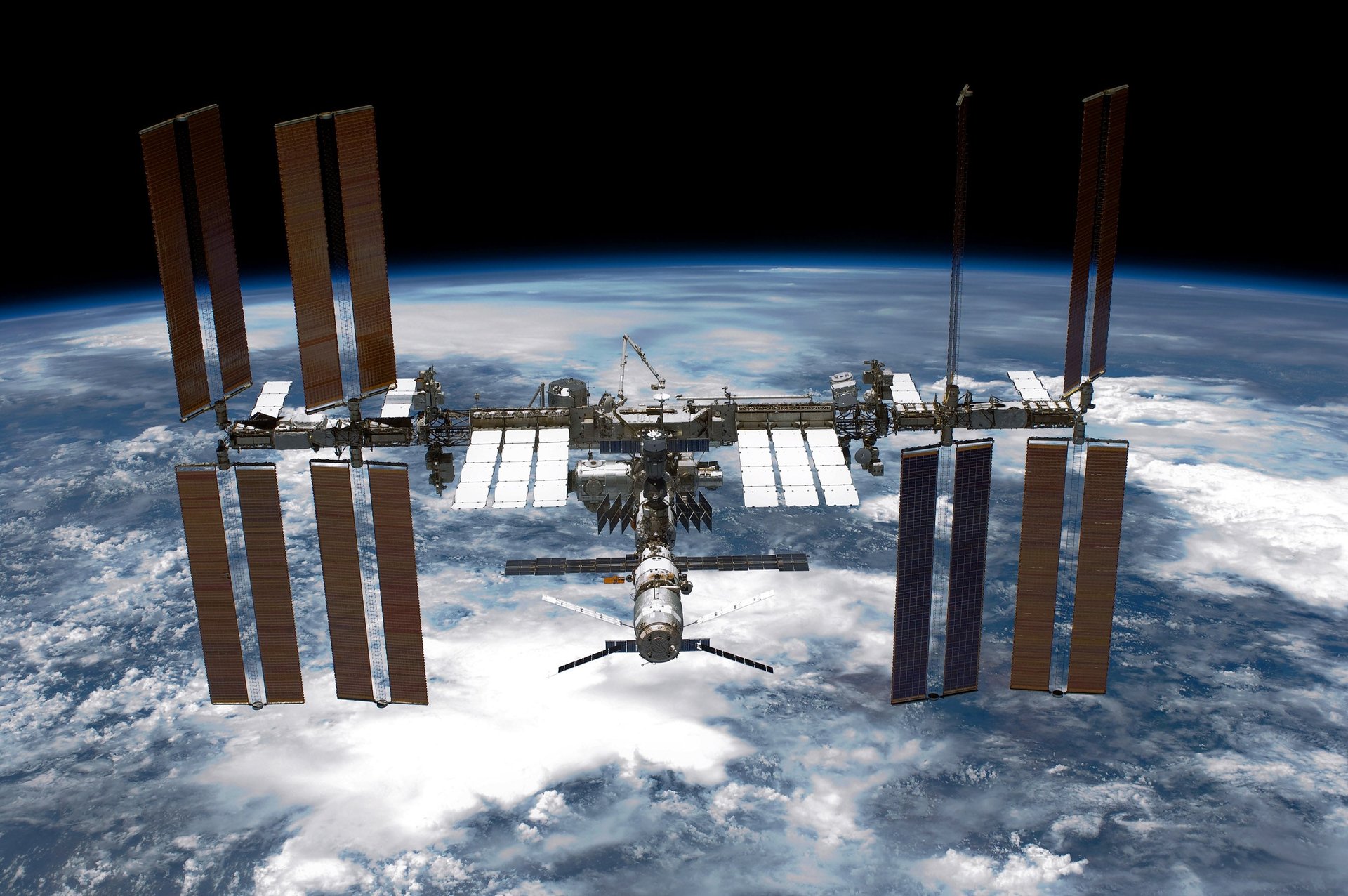Elon Musk's SpaceX will spend $680 million to crash the International Space Station into the sea
The ISS is expected to be deorbited in the early 2030s

Over the past decade and change, SpaceX has become a leader in sending rockets into space. Now, the aerospace giant will spend $680 million to bring down the International Space Station (ISS), according to documents published Tuesday by NASA.
Suggested Reading
NASA announced its intent to deorbit the ISS back in 2022, but only selected Elon Musk’s company as its contractor last month. SpaceX has been tasked with creating a new vehicle — described as a “tug boat” — which will be used to push the station into the Pacific Ocean from space. Musk’s apparent favorite child has been awarded an $843 million contract for its troubles.
Related Content
Hawthorne, California-based SpaceX beat out just two competitors, Northrop Grumman Systems and AlphaSpaces, for the contract, according to a source selection statement made public Tuesday. AlphaSpaces’s proposal was determined to be “unacceptable” and was removed from consideration.
SpaceX’s “mission suitability” — a factor that weighs the firm’s small business utilization, management approach, and technical approach — scored an 822 out of 1,000. Its proposal yielded five strengths, three significant strengths, and one weakness, according to the report.
Northrop’s score was 589 out of 1,000, with the report noting three strengths and seven weaknesses. The Falls Church, Virginia-based firm turned in an incomplete approach to procuring hardware, among other issues, according to the report.
Northrop’s proposal would have also cost more than SpaceX’s, although NASA simply states that it would cost “higher than” $680 million. The report later noted that Northrop’s total evaluated cost was “significantly higher” than SpaceX’s. The firms’ past performances were also evaluated; SpaceX’s is listed as “very high,” while its rivals was listed as “moderate.”
The ISS has been orbiting Earth since construction began in 1998. Since its first crew arrived in November 2000, it has hosted more than 250 visitors from 20 countries. Currently, the ISS is playing home to crews from SpaceX, Soyuz, and Boeing.
The space station’s lifetime has been extended several times over the years, although allowing it to remain in space past 2030 would be risky, according to the BBC. The ISS’s orbit will be allowed to naturally decay in 2026, which should make it ready to deorbit in mid-2030.
“Selecting a U.S. Deorbit Vehicle for the International Space Station will help NASA and its international partners ensure a safe and responsible transition in low Earth orbit at the end of station operations,” Ken Bowersox, an associate administrator for NASA’s Space Operations Mission Directorate, said in a statement last month. “This decision also supports NASA’s plans for future commercial destinations and allows for the continued use of space near Earth.”
